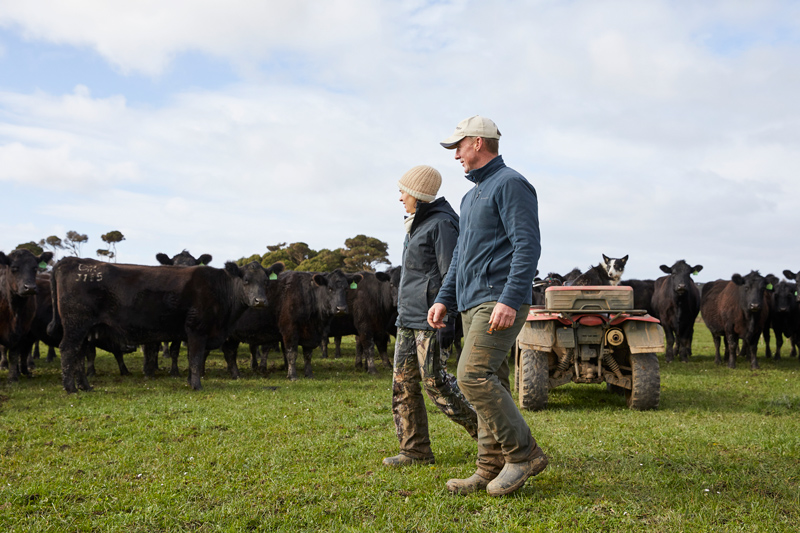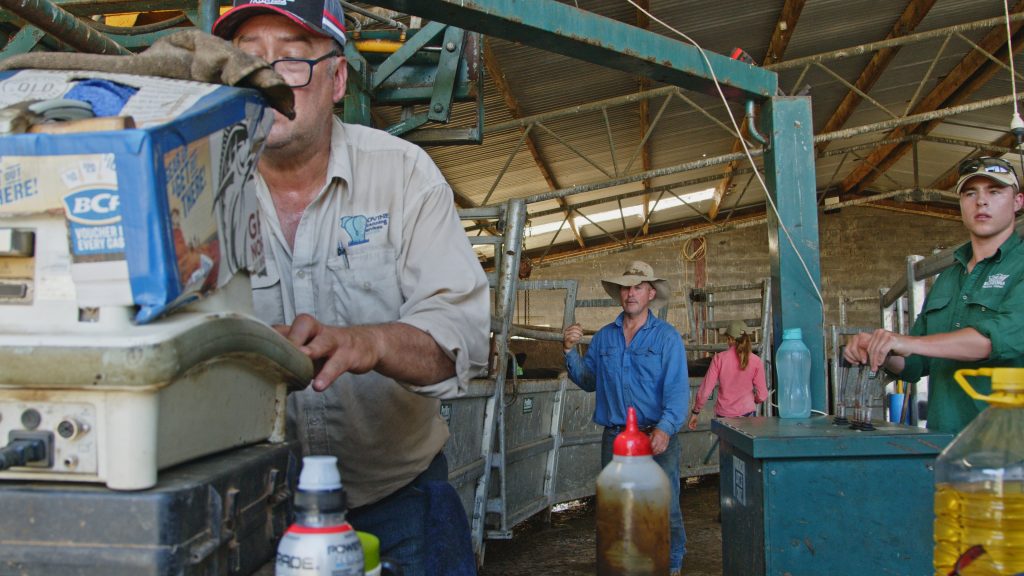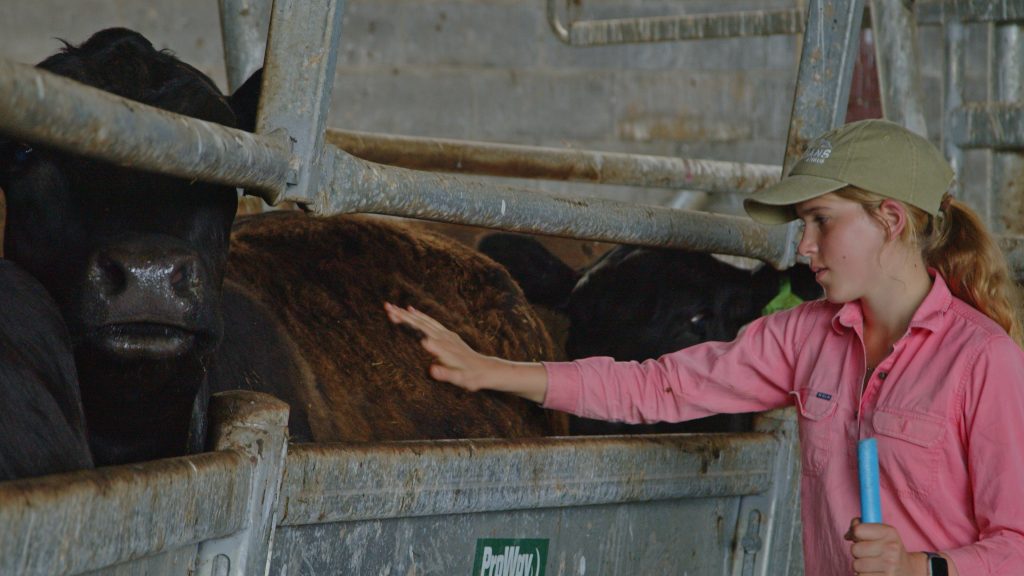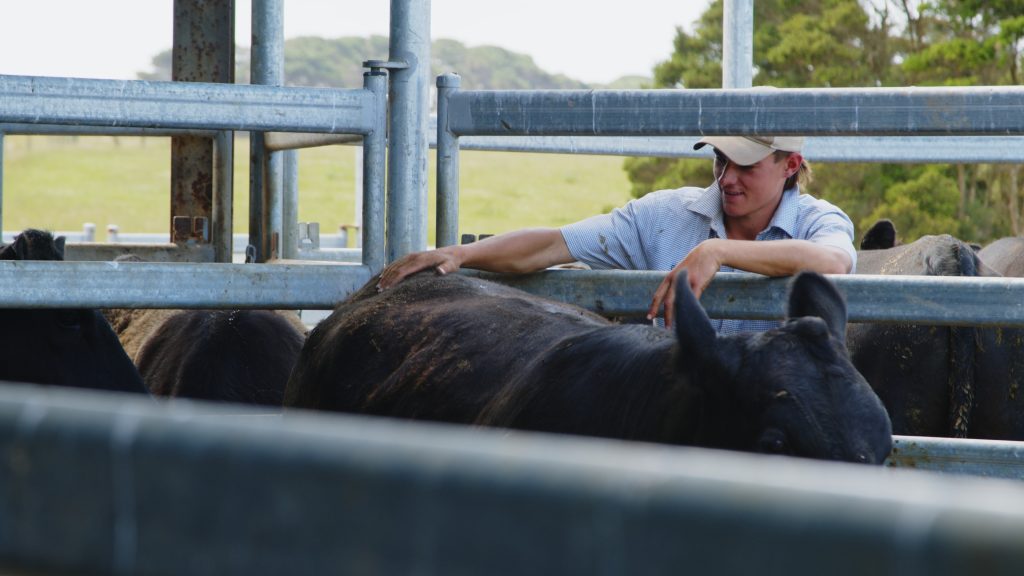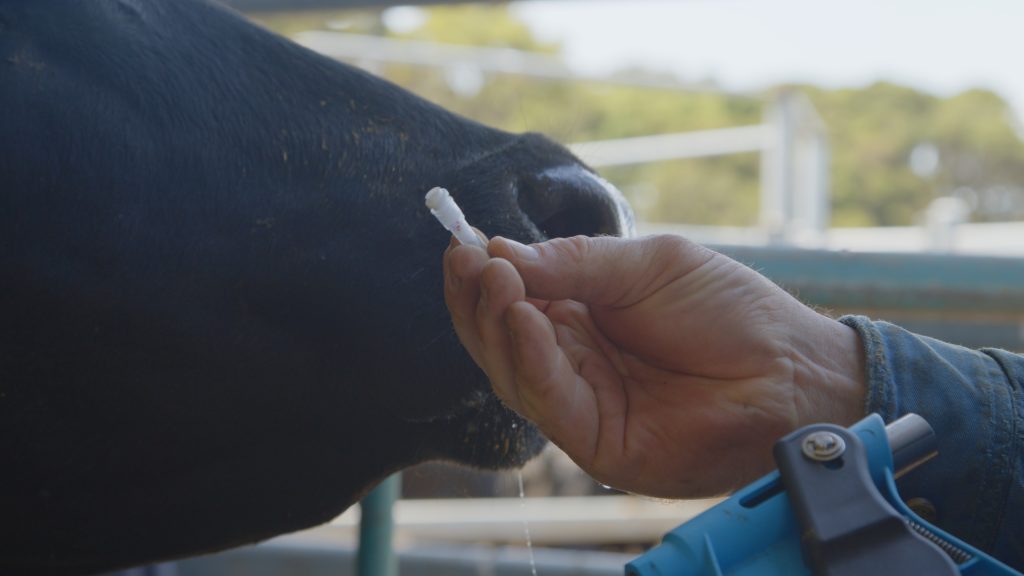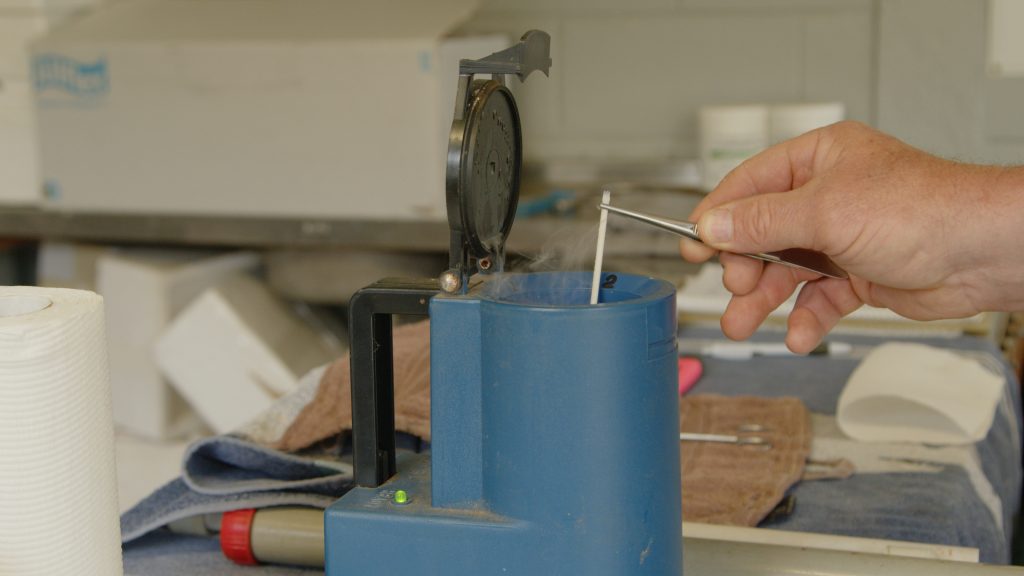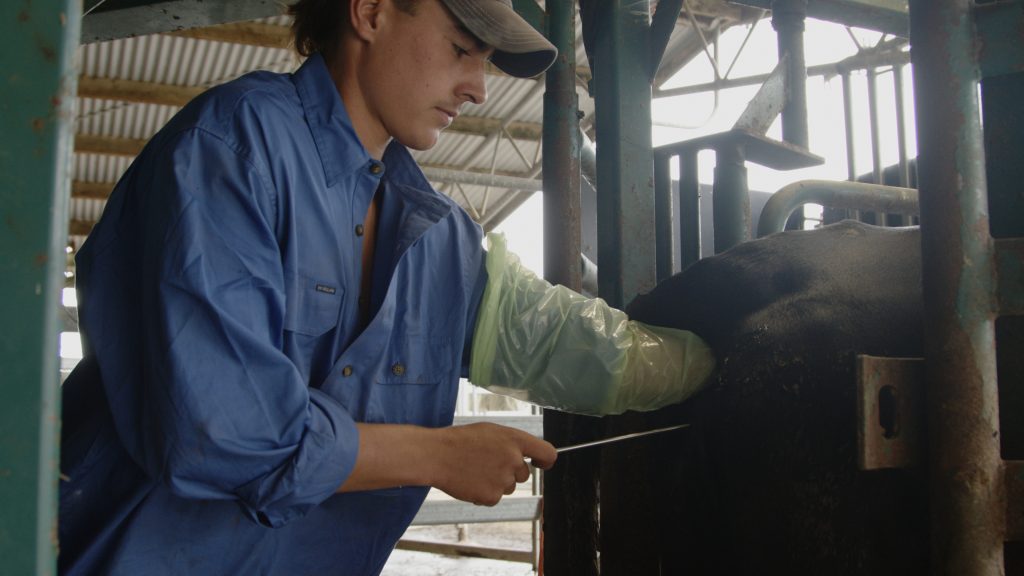Genetics With A Difference
Future Directions
Since establishment in 1965 we have had a clear breeding direction.
That is to maintain all the wonderful natural qualities of an Angus animal including calving ease, their exceptional maternal and carcase qualities, along with their ability to forage and survive in a wide range of environments. However, our genetics must also excel in weight for age, carcase weight and yield.
Feed conversion is very important. We aim to produce cattle that can eat less feed per day relative to their individual weight and rate of weight gain. These key selection preferences continue to make our herd genetically unique.
“With the entire industry’s goal towards Carbon Neutrality by 2030 and moderating methane, efficiency of our production system becomes increasingly important. An efficient animal that takes less days on feed and produces a heavy carcase weight must obviously produce less methane.”
Towards 2026
800 Herd Book Registered Angus females will calve down in 2026.
We anticipate that near 75% of our current herd would descend from those first foundation genetic lines from 1965 – sixty years ago. We predominately calve down annually within the February/March months. Approximately 25% of our herd is sold for Seedstock production with the remainder pasture raised and finished. An annual bull sale occurs in Queensland mid-August with females sold privately for breeding throughout the year.
With the return of Raff Angus to the mainland and our recent intensive genetic investment we anticipate our herd to reach a new performance level whilst maintaining our unique phenotype and pedigree design. We are excited by the opportunity such investments will make as we expect that it will attract a new audience and clientele base whilst supporting our existing and long-term clients.
Image Gallery ~ Measuring Genetic Performance
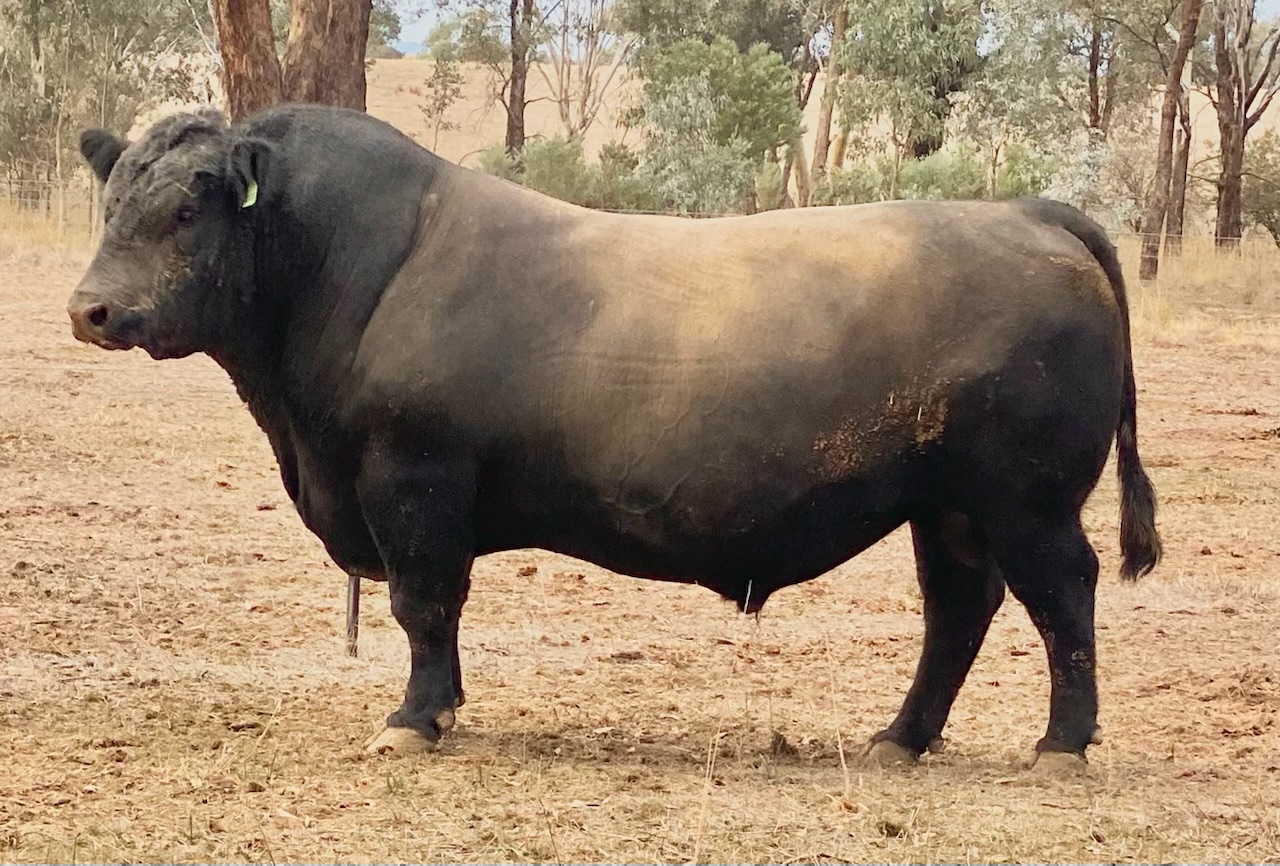
Frame Score – 7.5 Weight – 1388kgs.
Sons sell August 15th
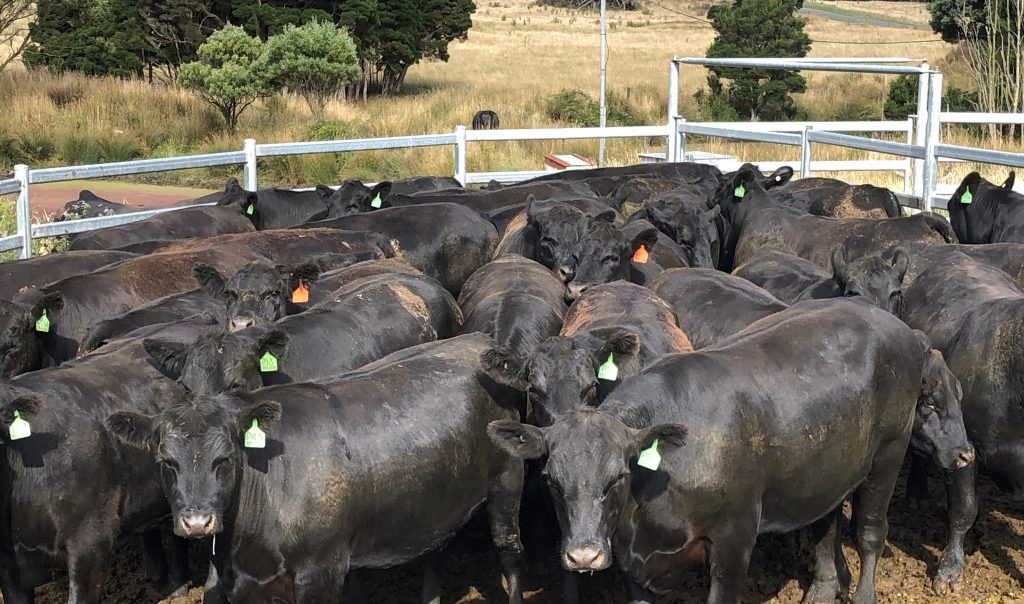
Our Performance Targets
